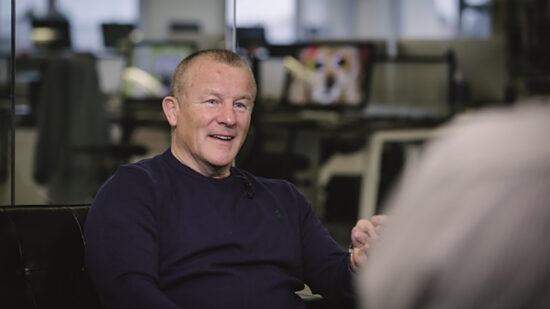Picking the right technology and, perhaps more importantly, using it correctly, has become essential for advisers when doing business.
There has been some recent innovation in the industry, while back-office systems, client interaction tools and platforms have undergone significant change.
This trio of change directly influences the adviser process, placing it at the centre of the client experience.
More firms now recognise the opportunities available to them and are embracing new technology. They report that these services add efficiency to their business operation, in turn creating more time for client work and helping them improve the service they offer.
More efficient client communication
Without clients the industry would capitulate into irrelevance, and with this in mind it is imperative to honour clients’ demands and communicate with them in a way that works for them.
Interpersonal communication has evolved in general, so financial services must follow without complaint if it hopes to keep pace.
There is plenty of technology dedicated to better communication, exchanging information and the signing of documents, and there is no excuse for the financial services sector not to avail itself of these services.
This doesn’t mean you have to go all ‘R2D2’ and make everything ‘robo’, but client expectations around interaction and engagement are changing.
There has been some genuine innovation, but the overall picture remains fairly retro.
Of course, advisers are not the only ones culpable: the whole industry is playing catch-up. This means that even if you fully digitise your client proposition you might get tangled up at provider level.
However, while there could be difficulties, bringing your client interactions into the digital age is neither impossible nor a waste of time.
Change can be affected here. If providers insist on sending paper, ask for a digital version that fulfils your business needs. And with more and more changes coming your way in terms of Mifid II: the sequel, this is becoming ever-more important.
Employing the appropriate technology can streamline your operations, while allowing you to focus on clients’ needs.
Top five ways to use technology
Digitisation can be hard to initiate, so here are five hacks to get you started
1. Use Skype for prospect meetings
A growing number of advisers operate this way and an increasing number of clients prefer it. It is cheaper and cuts down on out-of-office time, and clients are happy with lower fees for the same meeting.
Virtually, you can have shorter meetings more often, which is easier for admin and allows for more productivity and quicker responses to developments.
You can choose to be an online-only firm, offer it as an option, or at least cut down on face-to-face meetings.
2. Complete documentation online
Facts finds, client agreement letters, risk questionnaires suitability letters and application forms can all be signed with digital ink.
3. Adopt a client portal
This is a core component if you want the real benefits of operating mainly online. It allows for much easier document sharing and viewing.
4. Record all meetings
Don’t rely on notes, avoid re-checking things with clients and don’t be shy of taping face-to-face meetings. You will find most clients understand the benefit of recording meetings and view it as professional practice. They may even ask for a copy. Video calling software will record online meetings.
5. Build a library in the sky
Keeping all documents and records in a digital format means that it will be easier to share these documents with clients. Clients can also do it themselves if the documentation is available to them online. Do this with a client portal or back-office document store.
Adviser views
Members of The Lang Cat’s adviser panel share their thoughts
“A growing number of US clients prefer screen-sharing meetings over face to face. We do not anticipate this change to be replicated in the UK but we are open to using these tools for clients who prefer them.”
“From a client perspective, to be able to go into an iPhone app and look at a summary of your on-platform portfolio and also check your cashflow (updated from your live portfolio valuation) is very powerful and really buys a client into the process.”
“We are actively looking at client interaction tools and technology, not as part of a robo-advice process but a robo-delivery objective that we aim to adopt as a hybrid approach.”
Further reading:
Fidelity and Amazon create virtual reality financial adviser
By Terry Huddart, head of proposition, The Lang Cat








